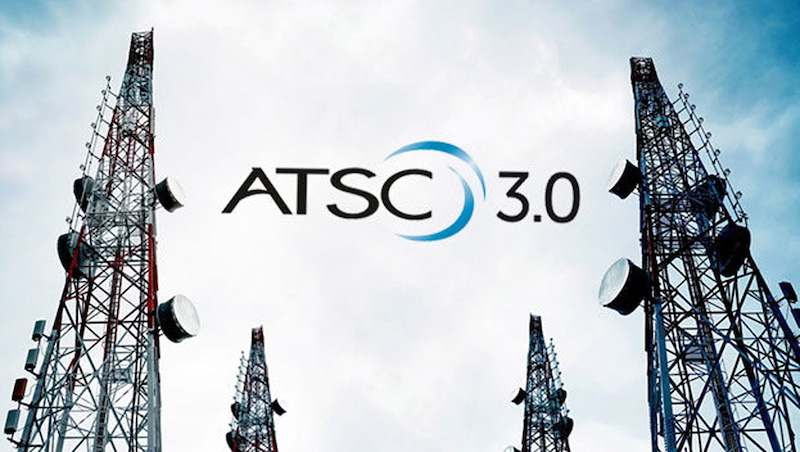Noncoms to FCC: ATSC 3.0 Transition Is Challenging
Say it is tough to meet commission's simulcasting requirements

Noncommercial TV station and network representatives said they are working hard to move to the new ATSC 3.0 broadcast transmission standard and its opportunities for enhanced emergency alerts, interactive educational programming and more, but that it is a challenging change and they can't predict when a nationwide rollout will be accomplished.
America's Public Television Stations, the Corporation for Public Broadcasting and PBS made those points in comments to the Federal Communications Commission, which has sought input on the status of the rollout of the new standard.
The noncoms said they are not seeking waivers of the requirement that they continue to simulcast an ATSC 1.0 signal, suggesting that would not be in their viewers' interest. If the stations stopped broadcasting in 1.0, viewers would need a new TV or converter since the ATSC 3.0 standard is not backward compatible.
Also: NAB Says ATSC 3.0 Will Reinvent TV
They pointed out that noncoms have been pioneers in new technology, including in satellite-delivered programing, and that while they "embrace" the new technology, the logistics of the rollout out were not exactly "hugging them back," particularly given their limited budgets.
"The unique considerations faced by noncommercial educational licensees under the ATSC 3.0 regulatory framework and various marketplace factors make it infeasible to predict a precise timeframe for a nationwide public TV (PTV) transition to ATSC 3.0," they told the commission.
And while they pointed out noncom ATSC 3.0 rollouts have increased by 300% in the past year, that is only from three stations to a dozen, with a couple more rollouts in the works, including WNET New York and KPTS Wichita, Kansas.
The smarter way to stay on top of broadcasting and cable industry. Sign up below
They said that while those stations are now broadcasting in ATSC 3.0 -- and have found partners to help them simulcast -- "other PTV stations have not yet had the opportunity to participate in a 'group' launch...or have not yet found feasible partners to meet ATSC 3.0 local simulcasting rules." Nine PTV stations are participants in commercial “group” launches via Pearl TV and/or Bitpath.
They also said the FCC was already well aware that stations serving rural areas and satellite stations serving state lines rather than defined DMAs "cannot readily meet the FCC’s simulcast requirements (and are not presently intending to apply for simulcast waivers until sufficient numbers of households have ATSC 3.0-capable receivers or funding becomes available to distribute low-cost receivers." PTV prides itself on its universal service mission and providing programing to the underserved communities that could lose out in any flash cut to ATSC 3.0.
While the noncoms said they have made significant strides forward in deployment, much of that is toward a long-term rollout and exploration of public services use cases in the near term, including advanced accessibility and curriculum-driven education.
The FCC in June sought public and stakeholder input on how TV stations’ transition to the ATSC 3.0 NextGen TV standard is going.
Among other things, the FCC wants to gauge broadcasters’ progress toward “voluntary, market-driven” deployment of the technology.
ATSC 3.0 allows broadcasters to deliver ultra-HD TV, immersive audio, emergency alerts that could wake up “sleeping” devices, more localized content, targeted advertising, datacasting and more. ■
Contributing editor John Eggerton has been an editor and/or writer on media regulation, legislation and policy for over four decades, including covering the FCC, FTC, Congress, the major media trade associations, and the federal courts. In addition to Multichannel News and Broadcasting + Cable, his work has appeared in Radio World, TV Technology, TV Fax, This Week in Consumer Electronics, Variety and the Encyclopedia Britannica.

